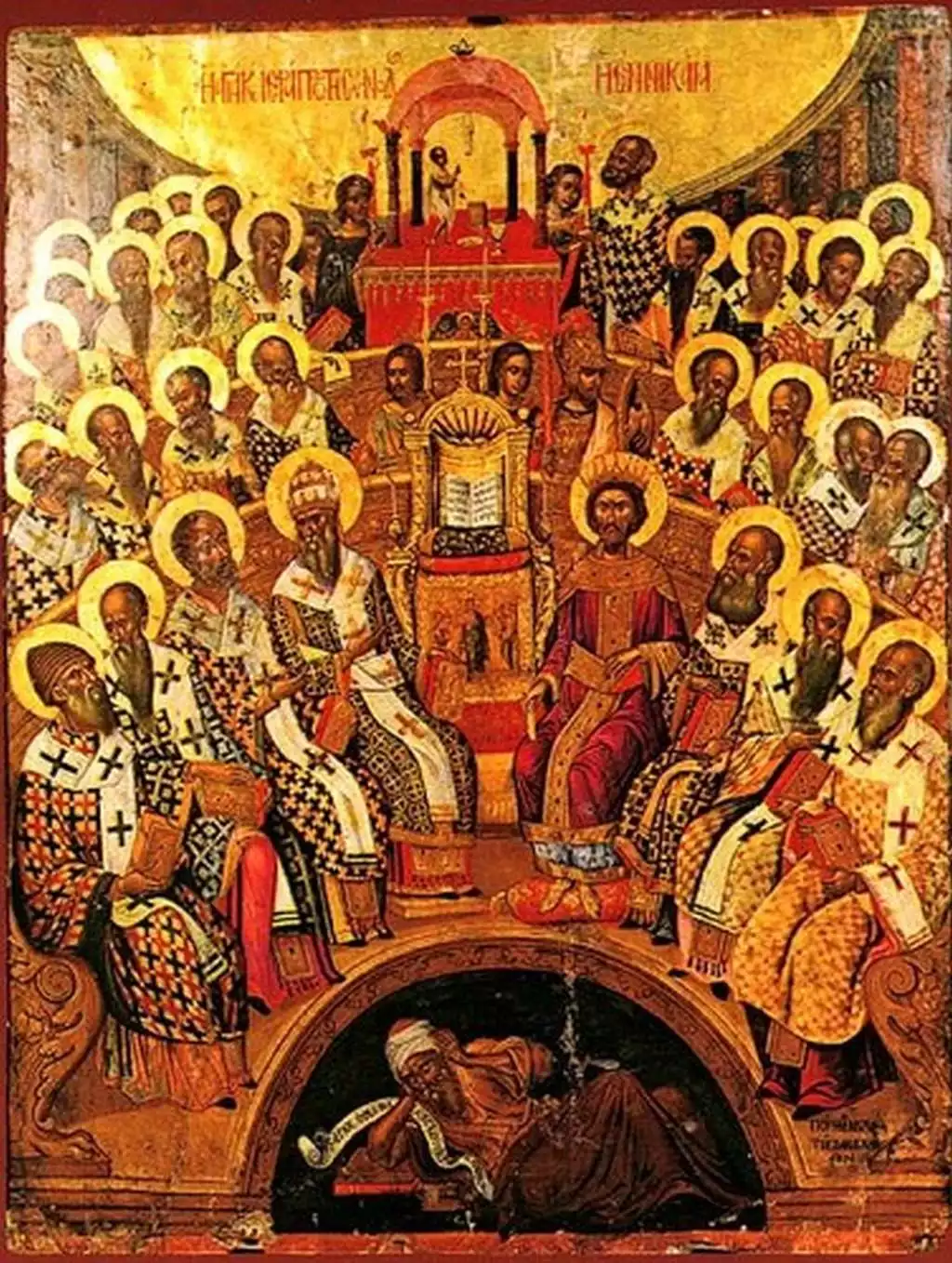
The canonization of Saints is the formal process by which the Catholic Church declares a deceased person to be a saint due to their virtuous life and spiritual devotion. This formal recognition of sainthood allows for public veneration and intercession to the saint. The canonization process has evolved over many centuries into the complex, multi-step procedure seen today.
Examining the History and Process of Canonization
In the early Christian church, saints were informally venerated by local congregations shortly after their death if they were considered to have led an exceptionally holy life. This organic, grassroots form of canonization differed greatly from the formalized legal process recognizable today. The terms for saint came from the Greek word hagios and Latin sanctus, meaning “holy one,” indicating a life of spiritual dedication.
As the church expanded, the first papal canonizations occurred under Pope John XV in the 10th century, centralizing sainthood decisions. Local bishops still declared saints in their regions until the 12th century when Pope Alexander III reserved this power only for popes. While the early origins of canonization were informal, the process became increasingly systematic in the first centuries of the structured Catholic Church.
Canonization in the Orthodox Church
In the Orthodox Church, canonization is viewed as the formal recognition of a person’s sanctity and their full communion with the Church, both during their earthly life and after their repose. Unlike in the Western tradition, where the process is highly formalized and centralized, the Orthodox approach to canonization is often more organic and localized.
Historically, the Orthodox Church has not always employed a formal canonization process. Saints were often recognized through the veneration by the faithful, especially in cases of martyrs and holy figures. Over time, local synods and patriarchates began to play a more prominent role in officially recognizing saints.
In Orthodox canonization, there is a strong emphasis on consensus among the faithful and clergy. The process typically starts at the local or regional level, where the life and virtues of a person are examined and venerated. This local veneration is a crucial step before any formal recognition by the higher church authorities.
The criteria for canonization in the Orthodox Church include living a life in Christ, often evidenced through virtuous deeds, miracles, and teachings. Martyrdom for the faith is also a significant consideration. The candidate’s life must demonstrate a clear embodiment of the teachings of the Orthodox faith.
Miracles and the veneration of relics play an important role in the Orthodox tradition of canonization. Miracles attributed to the intercession of a candidate are often seen as a testament to their sanctity. Likewise, the veneration of relics is a common practice, reflecting a profound theological understanding of the communion of saints.
Modern Process and Requirements
The current process of canonization is lengthy, typically taking decades or centuries to complete. It involves intensive investigation into the candidate’s life to determine if they demonstrate heroic virtue and divine intervention through documented miracles.
The process begins 5 years after a candidate’s death when their bishop investigates their life. Evidence of their holiness, such as miracles and demonstrations of faith, charity and wisdom, is gathered. If deemed worthy, the cause is sent to the Congregation for the Causes of Saints in Rome. Further intensive investigations, verification of miracles and judgments on the candidate’s virtue follow over many years. Finally, the recognition of 2 miracles by popes are required for beatification and sainthood.
As of 2023, these strict processes have resulted in just over 3,000 saints canonized by the Catholic Church. While lengthy, they enforce high evidentiary standards for demonstrating a candidate’s exceptional devotion and godly acts
While originating informally, sainthood developed into a complex multi-step canonization process. Through ever-increasing rigor and miracles, candidates must demonstrate profound faith and divine blessedness for canonization centuries after beginning the arduous process towards sainthood.
References
- Coffey, J. (2000). “Persecuting saints: A study of the canonization and unofficial cults of victims of Roman persecution.” Transactions of the American Philosophical Society, 90(5), i-83. JSTOR.
- Piovanelli, P. (2022). “Mark the Evangelist: The metamorphoses of an apostolic founder through his Acts, martyrdom and translatio.” Early Christianity, 13(1), 46–73.
- Sennis, A. (2016). The development of the hagiographical dossier of St Francis de Sales: Sanctity ‘antica e moderna’.” Church History and Religious Culture, 96(1), 24–57.
